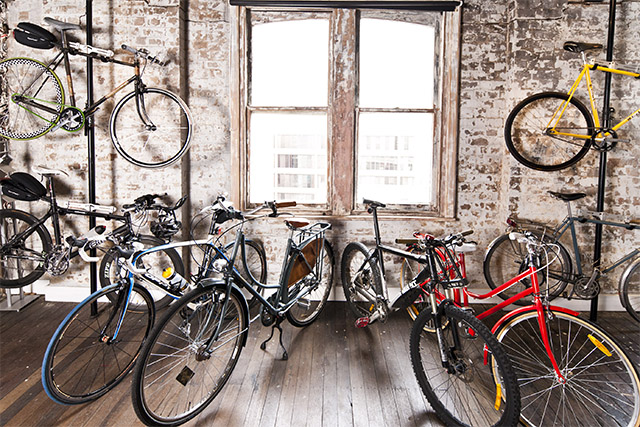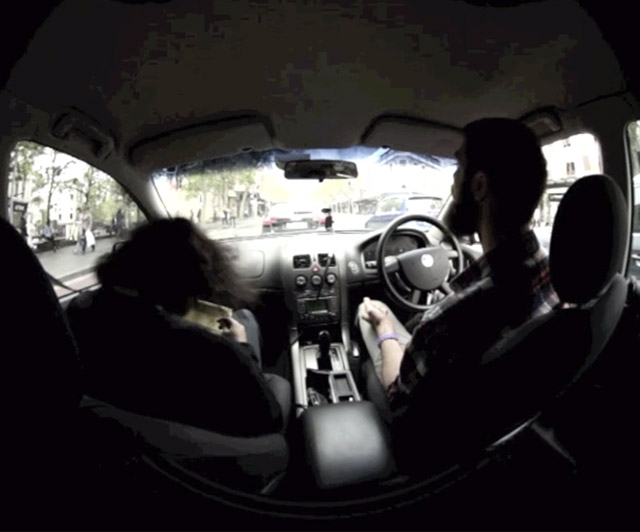Five tips on photographing to a brief

For a first-time advertising photographer, a brief can be intimidating. This is our top five tips that will walk you from initial concept to completion.
Shooting to a brief can seem like a complicated set up at a first, but breaking the process down to smaller parts can make the photo shoot run smoothly.
1. Keep in mind the mock up sketch (also known as scamp) may not have a perspective that is true to life. As the photographer, it’s important to choose the camera angle and lens that will come the closest to the sketch. It’s also your job to communicate to the art director why some things will work, and others won’t.
2. Depending on the production, the props and styling may be organised by the art director or could be left to you. Always be specific.
3. Lighting can make or break your photo shoot. Choose the lighting type. Is it hard or soft light? Are there shadows that illustrate where the art director wants the lights to be placed? Take the time to think about the direction of the light and also take into account colour. Chat to the art director prior to the shoot about the look and feel they’re going for.
4. Often elements in the image are shot separately and combined in post. This is because of time constraints and sheer impossibility. In the above shot, we photographed the food and chairs at the start, then we photographed the women in the background and lastly, the main model, Sarah Wilson. All of this was layered together in Photoshop.
Before you go to your photo shoot, create an outline for what should be photographed first and what can wait.
5. Throughout post, make sure you continue to work closely with the art director. Send them what you’ve done intermittently and get feedback. Most of these will be minor changes i.e. make the strawberry slightly bigger.
Studio Commercial has shot high-end projects for brands like Foxtel, Bluetongue lager, Coca Cola and Krispy Kreme.
Five tips for Real Estate Photography
Marcus first published this article for REI NSW. While we’re not real estate photographers, as commercial photographers, we do photograph interior and exterior architecture. This article is aimed at real estate agents that do their own photography.
Make a strong first impression on potential buyers by following these photography rules for properties.
Taking well composed and exposed photos of properties is a core part of any real estate business. It can persuade a potential buyer to view a property and attract walking traffic to your window display.
Using the following tried and true techniques, you can produce near-professional looking images without the need to buy expensive equipment.
1. Compose the image
While image composition is a complicated science, here are a few basic tricks:
- Before taking a photograph, move distracting items from the scene such as a car in the driveway, a garbage sign or a ‘For sale’ sign. For interior shots, tidy up the room so it looks uncluttered.
- Highlight positive areas of a property.
- Take shots from different angles so nothing obstructs an important part of the scene.
- Review the scene to ensure the vertical and horizontal lines are perpendicular.
- Move slightly to the left or right, or back a few steps, before taking a photo. This method can significantly improve composition.
A tripod provides the steadiness necessary for longer exposures and makes composing images easier as you can have a long, controlled look at the scene.
2. Invest in the right hardware for you
Digital SLRs and compact cameras that allow manual settings are ideal for real estate photography. They offer features and flexibility that a standard point-and-shoot camera can’t. They also have many different lenses and accessories to choose from, many of which are ideal for photographing properties.
For example, a 17mm wide-angle lens can capture more of a scene than is possible with a standard lens. A wide-angle lens also allows you to stand closer to the subject and still fit it in the frame. This means you can ensure unwanted foreground objects such as mailboxes don’t interfere with the focal point.
3. Control the lighting
Take your camera every time you visit a property. The end result can vary depending on the time of day a photo is taken. For example, shooting at dusk and early in the morning will create a more dramatic, vibrant image.
- Exterior photos: Try to shoot on a day when the sky is blue and contains clouds. Shoot when a cloud covers the sun so the light is diffused, and dark shadows are barely noticeable. Even bright, overcast days can provide good lighting for exterior shots of properties.
- Interior photos: Photograph the interior on a bright but overcast day. This prevents streams of stark sunlight from entering the room. For the best illumination inside, combine artificial and natural light. Let natural light from outside enter the room to augment the artificial light.
If you are getting serious, consider buying an external flash. It will bounce light off the ceiling and provide ‘fill flash’ – a photographic technique used to brighten deep shadow areas. An external flash can also ensure you minimise refection in glass.
4. Use photo-editing software
Programs like Adobe Photoshop open a world of creative possibilities. A short course will help you get the most out of the software. But even agents with a very basic understanding of the program can master the following:
- Use the crop tool to remove distracting elements or shift the focal point of an image.
- Adjust the brightness of a photo to make it more vibrant. This tool is particularly useful for real estate agents who don’t have time to wait for ideal weather conditions to take photos of a property.
- Modify saturation levels to enhance the impact of the colours in your photograph. For example, you can make the sky a deeper blue or trees a lush green.
- Use the shadow highlights tool to brighten shadowed areas and darken highlighted areas. For example, an interior shot may have a harsh stream of sunlight coming through a window. With this tool you can soften the light rays and lift dark tones in the background. Warning: this tool should be used with care as it’s very easy to look fake with this.
5. Enlist the experts
While these rules will instantly lift the quality of your photos, a professional photographer invests in equipment and knowledge to capture a property in the best possible light – literally.
When hiring a photographer, make sure they have:
- A professional lighting system with multiple lights for different applications.
- Advanced skills in Adobe Photoshop to professionally enhance your photos.
- A variety of lenses to suit different types of spaces.
- The experience and creative vision to know what gives a photograph impact.
No one expects real estate agents to be expert photographers, as much as you wouldn’t call a photographer when looking for a house. Using the services of a professional often saves time and resources, making it money well spent.
Ride to Work Day
Today is Ride to Work day. We hope you took part, we absolutely loved it.








